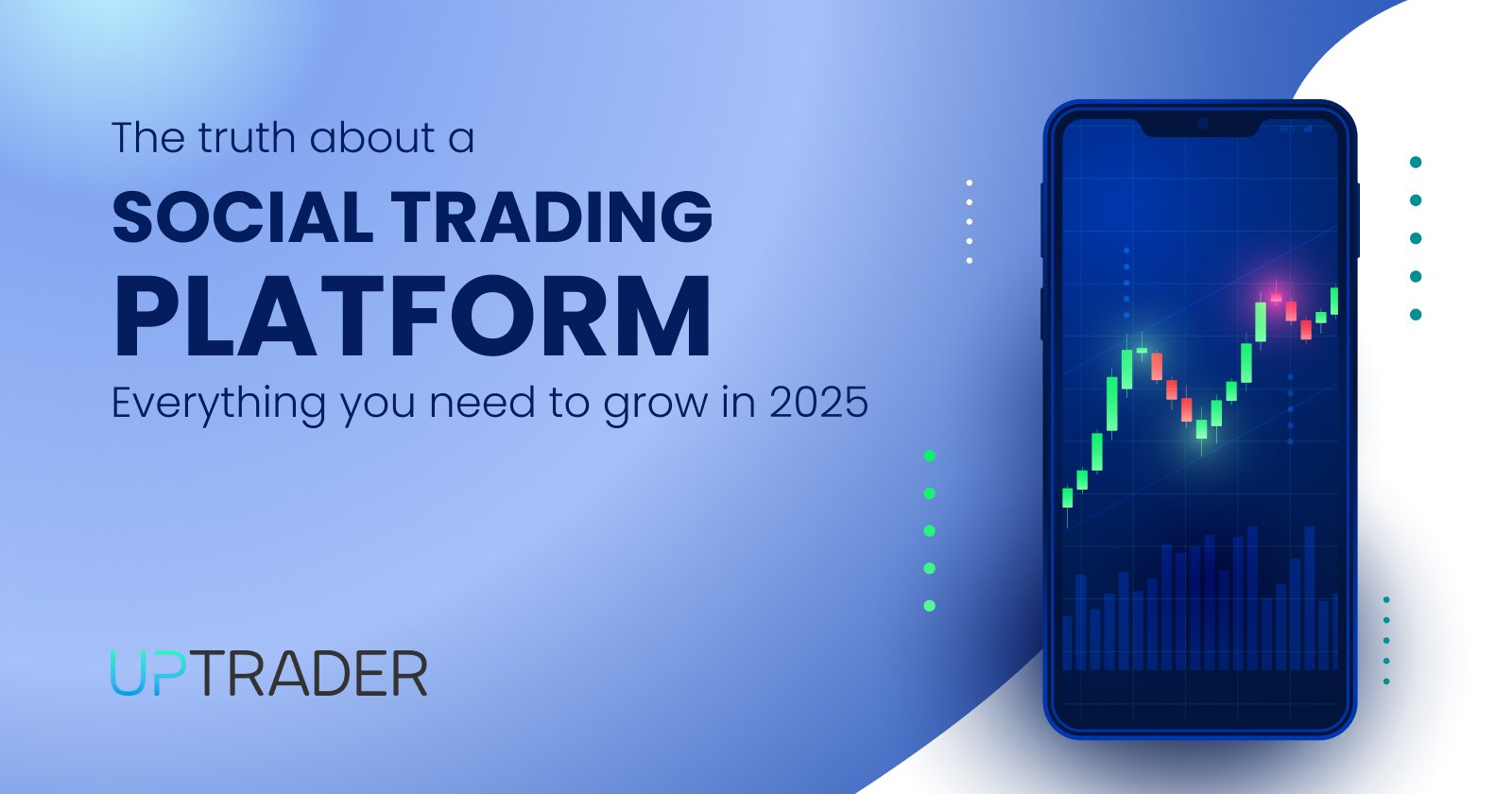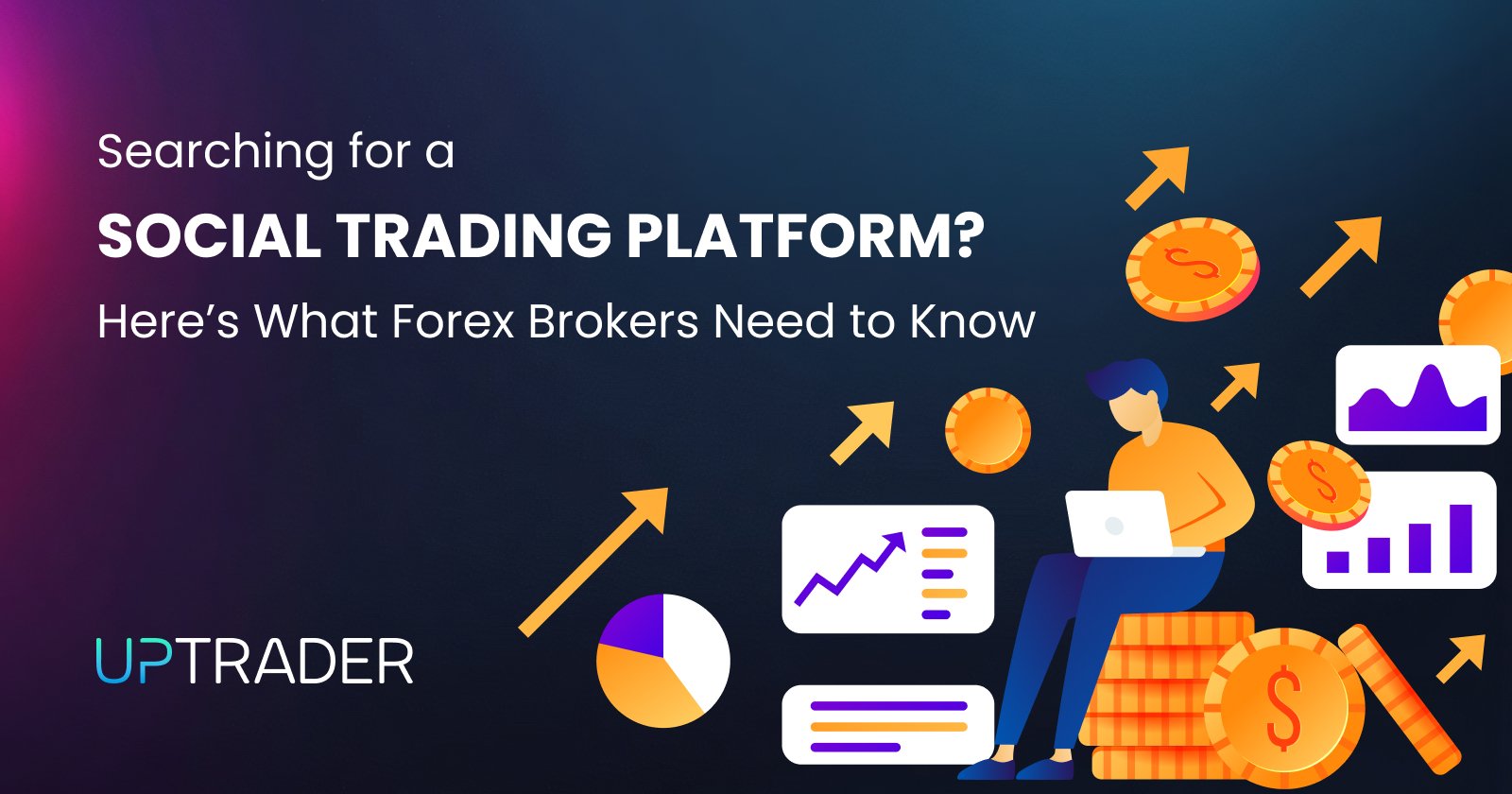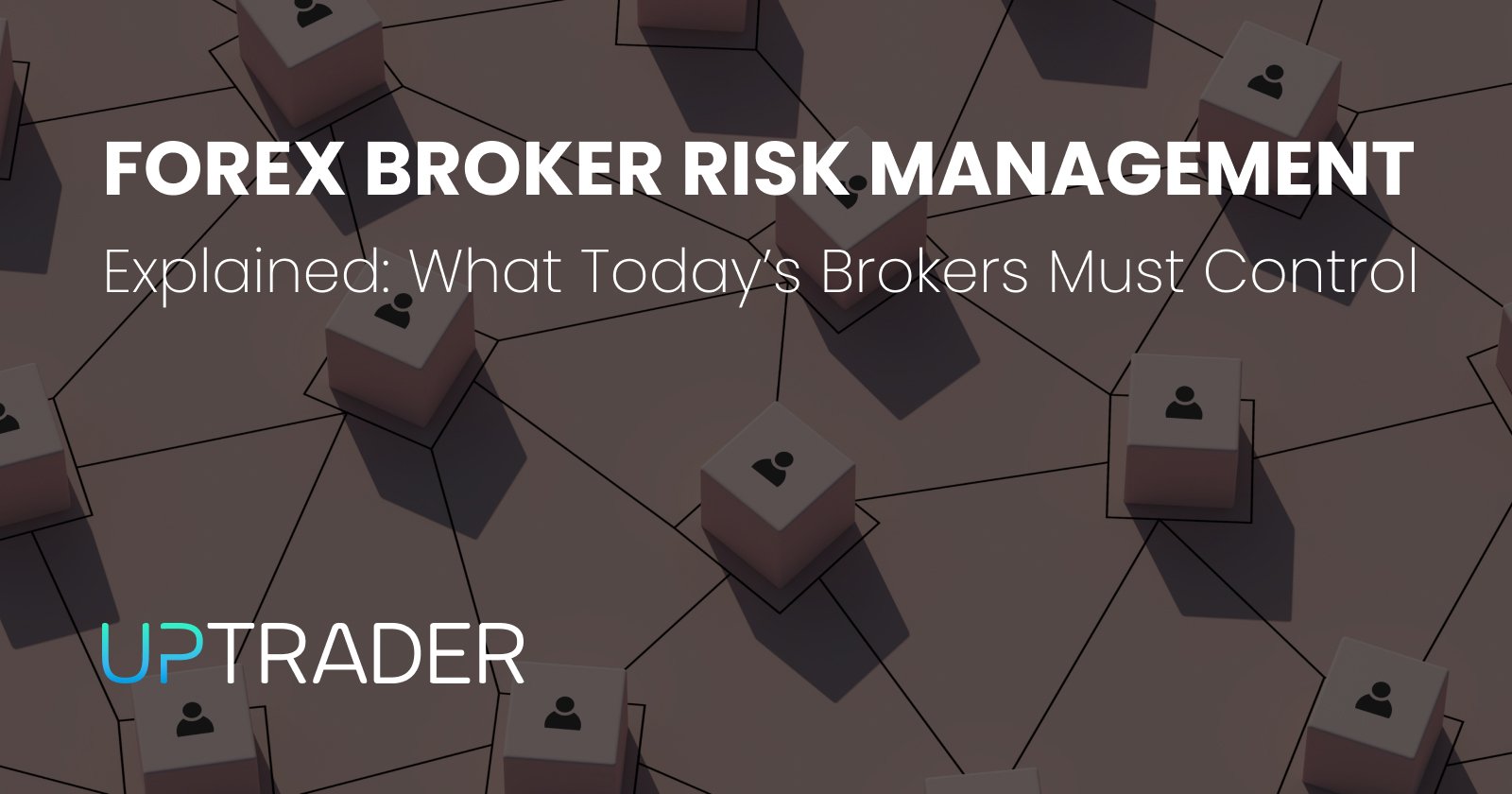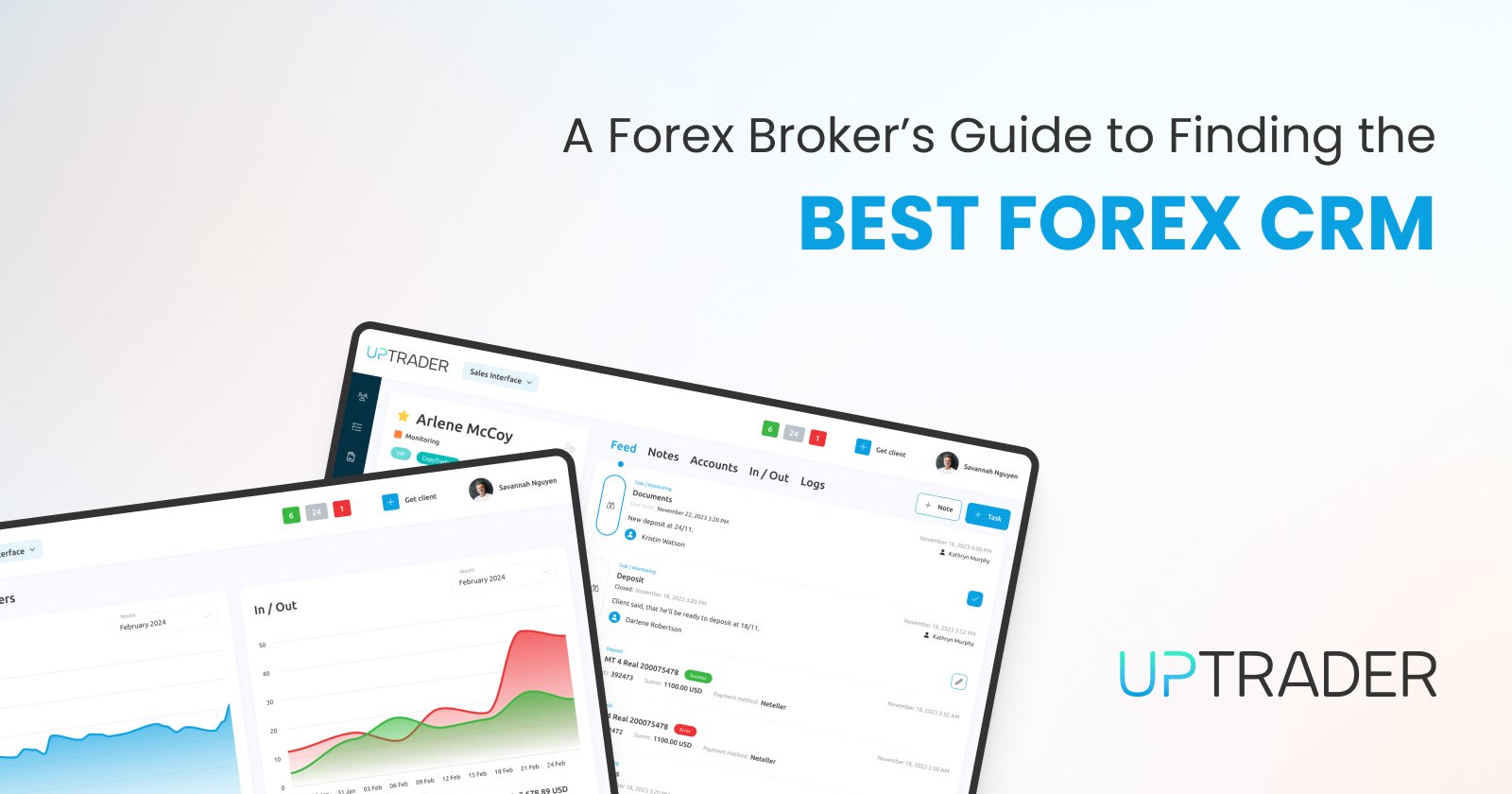The truth about a Social Trading Platform: Everything you need to grow in 2025

Share this publication:
You want a social trading platform that actually moves your brokerage forward — not hype or viral feeds, but features that increase deposits, improve retention, and cut operational friction. In 2025 the social-trading ecosystem is no longer a fringe add-on. It’s mobile-first, analytics-driven, and increasingly embedded into your core systems. The platforms that survive aren’t just flashy feeds — they solve three critical things for you: execution parity, transparent performance, and a social layer that works without courting regulatory problems. Below we’ll walk you through how social trading connects users, what design choices matter for your business, and how you can leverage these platforms to scale with confidence.
Social Trading Platform Has Arrived
Where once social copy-trading was experimental, now you’ll find major brokerages treating it as a strategic product pillar. Richer analytics, verified leaderboards, in-app communities and integrations into broker workflows are becoming standard. According to UpTrader, by 2025 social trading platforms will be “required software for brokers trying to attract millennial and Gen Z investors.”
This matters because the tools you choose now will shape your growth. The platforms that win will combine strong UX, data-driven transparency, and rock-solid execution. If you get it wrong, you’ll add complexity, risk, and cost.
What Social Trading Means for Your Brokerage in 2025
Put simply: social trading means you enable your clients to observe other traders, optionally copy their trades, and engage in a community-driven environment — all under your brand. But the modern version for brokers includes several layered elements:
- Copy execution: trades from a leader account replicate into follower accounts under your infrastructure.
- Verified performance: time-stamped, auditable records of ROI, drawdowns, and trade histories.
- Social UX: feeds, commentary, charts and insights that make your clients stay and engage.
- Monetisation & incentives: performance fees, subscription models or follower fees that you control or share.
Platforms like white-label provider UpTrader allow you to customize social trading under your brand, integrate copy-trading, PAMM/MAM and extend into crypto or multi-asset.
Execution Fairness: The Operational Frontier You Must Secure
If you offer copy trading, your clients will expect their trades to get execution terms that mirror those of the leader. Slippage, latency, partial fills — these are not minor annoyances. They can undermine trust and destroy your brand.
That’s why many brokers prefer platform-native copy modules rather than third-party marketplaces. Fewer hops between signal and execution mean fewer differences in fill quality.
If you care about your clients’ outcomes (and your reputation), ask potential vendors: Are copy trades executed internally? How are the fills routed? What latency/slippage guarantees exist? If you find vendors that can’t answer these — mind your risk.
Verified Performance Beats Marketing Every Time
You’ll see vendors showing shiny leaderboards. But your job is deeper: you need leaders whose stats you can trust — because if clients lose money, you’ll inherit the reputation risk.
Evaluate strategy providers by looking beyond raw return. Drill into: maximum drawdown, average trade life, risk-adjusted returns (Sharpe, Sortino), number of losing streaks, capital used. If a platform hides the time period, capital base, or leaves out follower/fill comparisons — consider it suspect.
Companies like UpTrader highlight their broker-centric approach: “detailed analytics for every trader including historical performance, risk metrics, trade history, maximum drawdown”. You want transparency so you can onboard leaders and followers with confidence.
Community Doesn’t Equal Quality — But It Drives Stickiness
A big social feed with flashy names doesn’t guarantee sustained growth. It can actually drive bad behaviour (herding, copy-collapse) if left unchecked.
Instead of using it as your only arm, use the community as a discovery layer. Here’s how you, as a broker, should structure it:
- Select strategy managers with consistent processes (they publish reasoning, risk rules, losing periods).
- Set copy-limits or auto-diversification rules to manage risk for followers.
- Monitor follower flows and ensure no one strategy becomes a systemic risk.
- Use the social layer to engage, not to inflate — features like commentary, trader rationales, turn followers into engaged clients rather than passive “set it and forget it”.
Platforms offering risk controls and follower-protection rules separate the serious players from the flash ones.
Mobile-First Matters — Your Trader Room Lives in Phones
You’ll likely compete in markets where mobile dominates. The social trading experience must be optimized for mobile — not just a shrunken desktop UI.
You should expect your chosen solution to provide:
- Native mobile deposit/withdrawal flows (including local payment rails),
- One-tap account switching and wallet management,
- Performance summaries and deep-dive via touch,
- Push notifications for copy-events, new leader posts, or risk events.
If your platform doesn’t deliver on mobile UX, you risk client drop-off. As UpTrader notes, their interface is “clean, responsive, mobile-friendly” which “reduces churn especially among newer users.”
Regulation & Compliance: You Are On The Hook
When you add social trading, you add scrutiny. Regulators look at leaderboards, fee structures, follower protection, disclosures, KYC/AML — and you, as the broker, will be responsible. If your platform hides fee splits, ignores stop-loss rules, or relies on ambiguous disclosures — you exposed your business.
What to check:
- Clear follower/leader terms and disclosures,
- Exportable trade logs and audit trails,
- KYC/AML flows integrated into the copy feature,
- Controls over who can appear as a strategy provider.
If you pick a vendor who treats social as a slide-deck feature rather than a regulated product, you’re risking far more than tech problems.
Platform Types: Choose Based on Your Business Model
Different social-trading solutions suit different broker models. Choose based on your stack and strategy:
- Marketplace-driven solutions: large user bases, many strategy providers; lower control, sometimes higher revenue-share models. Good for reaching many clients quickly.
- Embedded, broker-white-label modules: deeper control over execution, branding, back-office. Higher upfront integration but stronger retention and margins. UpTrader is one such offering.
- Crypto/multi-asset social platforms: if you trade crypto, ETFs, tokens and want social features across all assets — you might consider platforms focused on multi-asset copying and tokenised incentives. Your regulatory obligations may increase accordingly.
Match your choice to your existing infrastructure and your client base (FX only vs crypto & stocks vs all-in-one).
How to Pilot – Clear, Measurable, Low-Risk
When you evaluate a social trading platform, don’t just demo the UI. Conduct a pilot program that has measurable objectives:
- Begin with a small sample size: onboard a few users and establish particular leader-follower ratios.
- Oversee the execution: record the leader’s trade and the follower’s fill prices to examine slippage and fill rates.
- Export logs and check the reconciliation: from the investor side, the leader side, and the follower side.
- Test failure modes: e.g., what happens if the leader account halts, follower loses connectivity?
- Track engagement metrics: follower-to-leader AUM ratio, churn of followers, repeat deposit behaviour.
If your pilot hits targets for conversion, execution parity, retention and compliance, you have a working platform. If not — walk away or renegotiate.
Operational Tips: Make Social Work for You
- Position sizing rules: Don’t allow unlimited follower allocations. Use dynamic lot sizing relative to follower equity.
- Diversify leader pool: Prevent the single leader approach — it mitigates concentration risk.
- Use analytics to inform marketing: Social trading is effective when you endorse top strategy-managers and display their performance transparently.
- Educate clients: Provide content explaining how copy works, what the risks are. Social trading tends to attract less experienced users — onboarding them properly reduces churn and complaints.
- Blend social with your brand: Your version of social trading should reflect your identity, fee model and compliance framework — don’t just plug in someone else’s logo.
Future Trends You Should Be Watching
- Adaptive and personalised copy trading: instead of one-size-fits-all, platforms now let followers customize risk levels, strategy buckets and drawdown limits.
- Cross-asset copy markets: social trading is moving beyond forex into crypto, commodities, real-world assets and tokenised strategies. If your business plans to expand, pick a platform prepared for multi-asset.
- Integration with AI for discovery: platforms are building recommendation systems that match followers to leaders based on risk tolerance, behaviour and history. You’ll want to leverage these to drive loyalty and reduce churn.
Final Thought: Social Trading as Strategic Growth, Not a Fancy Feature
As a broker, you’re not adding social trading to tick a box — you’re embedding it into your growth engine. The platforms that succeed are those where social trading is treated as a full product line: with operational disciplines, compliance controls, mobile-first UX, and data transparency.
When you pick a system that checks execution fairness, verified performance, mobile engagement and community with control — you won’t just survive. You’ll grow. Keep it measurable. Keep it transparent. And use community features to support your growth, not distract from your execution.
If you do that, social trading transforms from noise into a real source of new clients, deeper engagement, and measurable trading volume.
UpTrader provides a hands-on look at social trading, CRM, and payments working together for your brokerage.
Check out a brief demo so you know what you are jumping into.







